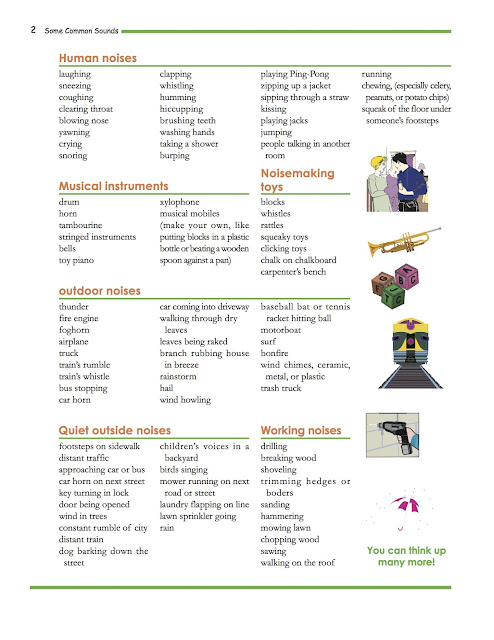Keep on Talking: Pre & Post Ci Process
Reprinted from the Chatterbox Blog
Grab your copy of this post from the John Tracy Clinic HERE.
You have made the decision to provide your child with a cochlear implant. You might be wondering about what you can do before the surgery, while you wait for activation and after the first mapping. Here are simple suggestions your family can consider. Your child’s speech therapist and cochlear implant team will also have suggestions about the many ways you can provide audition and language.
What can I do before my child receives the implant?
You want your little one to benefit from his implant from the moment of activation. And that means he must be prepared. Even when you are unsure of what he hears with hearing aids, there is still much you can do.
- Talk near the microphone of his hearing aids when you are looking at a book together, playing on the floor with his favorite toys, cuddling or enjoying any family activity. Just take a minute to lean close to your child’s hearing aid when you talk.
- Sing, sing, sing! Sing about picking up toys. Sing about going to bed. Sing children’s songs. Hold your child in your arms, sway to the rhythm of your song and be close to his hearing aids. You may be unsure of what he hears, but he might perceive some bit of rhythm. This will be very important in the development of spoken language skills.
- Vocal play! Use your voice in a playful manner. Say, “Up, up, up, dooooowwwn” as you lift your child and place him into a chair or “Hellooooo,” as you enter the house.
- Provide lots of play, reading and daily experiences to help your child learn. Language is a part of all that you do and your child will gain new words, ideas and knowledge as you fill his day with many conversations and activities. He can learn much from the enjoyable stimulation his family provides during this time.
What should I do between surgery and the time of activation?
During the time that your child has a bandage, he might not be able to wear his hearing aid on the non-implanted ear. And if he has received simultaneous bilateral implants, he will not be able to hear you before the implant is activated. But you can still communicate. Since social interaction is basic to communication, you can encourage eye contact and smiles as well as pointing and gestures. If you know sign language, use it now!
Get down to your child’s level and provide language, “You want water? OK, Mommy will get some water for you.” If he can’t hear your voice, get up and go to him. Show him a sandwich and ask if he is ready for lunch. Visual clues are important now, so give your little one every opportunity to connect what he sees with what you are saying. And, expect “turn taking” in your conversations.
If your child is receiving one implant, he can wear his hearing aid on the non-implanted ear while waiting for the initial stimulation. However with only one hearing aid, your little one will not be able to localize the direction of a sound because all sounds will be heard from the side with the hearing aid. He will not hear as well in noise, such as in the car or if the TV is on. And in general, his under•standing of sound could be diminished. When you can, speak close to the microphone of the hearing aid, and use some visual techniques, too.
What can I expect at the time of activation?
Your cochlear implant team will explain the initial activation process. Some children do not react, while others smile or become fearful. Naturally you do not want your little one to be afraid of the sounds he hears, but his response does indicate that he is hearing and that is important.
If your child receives a second implant a few months after the first, you can expect him to be more comfortable with the mapping session, however it will take time for him to become accustomed to hearing with the new implant.
What can I expect after activation?
You have to repeat what was done when your child first received his hearing aids. If your little one has experienced vocal play and if there was an auditory connection to sound, he will connect to the sounds he hears with the implant. This is why the pre-implant time is so important.
- Go back to vocal play and singing. Have fun with various sounds. The cow says, “Mooooo.” The kitty says “Meow!” Fly toy airplanes while you say, “wheeeee.” Think of some simple children’s songs and sing them every day.
- Help your child recognize and understand environmental sounds such as the telephone, microwave, keys, cars and trains. Ask a friend to knock on the door or ring the door bell. Take your child to the door as you say, “Listen. That’s the doorbell. Let’s see who is at the door.” Listen to the washing machine together and then look at the clothes inside. Help your child understand that sounds have meaning.
- Draw his attention to voices, too. “Grandpa is calling you. Listen.” He should begin to respond to voices quickly, so talk, talk, talk! And help him learn his name, too. Use your little one’s name when you talk to him. “Who are you? You are Raúl. Raúl.” Point to him as you talk. “Who am I? I’m Mommy.” Point to yourself.
Initially your child may show a lot of response to voices and environmental sounds. Then a plateau may occur while his brain is developing the ability to use the implant. Learning to listen and under•stand takes time and practice. Be patient and keep talking.















